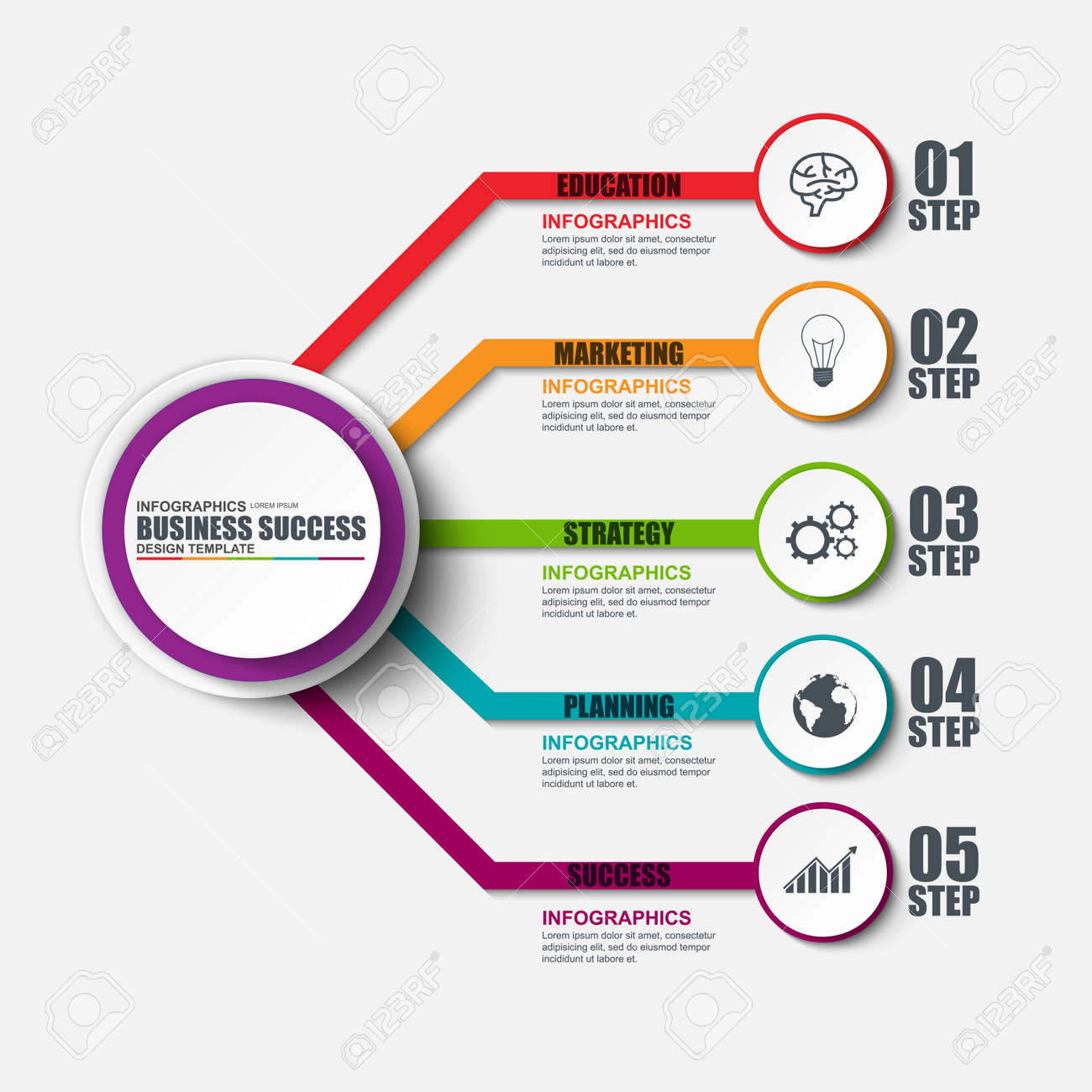Crafting A User-Friendly Website: Methods And Strategies For Reliable Website Design
Crafting A User-Friendly Website: Methods And Strategies For Reliable Website Design
Blog Article
Write-Up By-Offersen Crews
Master the art of website design by concentrating on customer experience. Craft instinctive navigating and choose mobile optimization to enhance the browsing experience. Ensure easy navigating with clear headings and enticing visuals. Prioritize mobile responsiveness for a consistent customer experience. By including these vital style concepts, you can produce an user-friendly site that mesmerizes visitors.
Crucial Design Concepts
When designing a web site, prioritize individual experience above all else. Your main goal needs to be to develop a seamless and satisfying experience for your visitors. Begin by making sure that your website is very easy to navigate. Usage clear headings, organized menus, and user-friendly buttons to lead customers through your content easily. Remember, simplicity is essential. Prevent jumbling your web pages with unneeded aspects that can overwhelm or puzzle your target market.
Highly recommended Reading is to make certain your web site is aesthetically attractive. Choose a cohesive color scheme, premium pictures, and readable fonts to improve the overall look of your website. Uniformity is essential in developing a solid brand identity and making your web site much more memorable to users.
Furthermore, focus on mobile responsiveness. With even more people searching the internet on their mobile phones and tablet computers, it's essential that your web site looks and functions well on all gadgets. Evaluate your website on different screen dimensions to make certain a smooth experience for all users. By focusing on these essential layout concepts, you can develop a straightforward website that keeps site visitors returning for even more.
User-Focused Navigation
To boost individual interaction and simplify their searching experience, prioritize creating instinctive navigation pathways that assist site visitors perfectly with your web site. Clear and well-organized navigating is essential for assisting users discover the info they require quickly and efficiently. Begin by keeping your food selection structure simple and understandable. Use descriptive tags that clearly show what content can be discovered under each food selection alternative. Additionally, think about implementing dropdown menus for subcategories to stop congestion the primary navigation bar.
Another key facet of user-focused navigating is the use of breadcrumbs. Breadcrumbs are an additional navigation aid that shows individuals their existing place on the internet site and allows them to conveniently browse back to previous pages. This function is especially valuable for individuals that enter your website through a deep link or a search engine result.
Moreover, including search performance plainly on your website can even more improve individual navigation. A search bar allows users to promptly discover specific content without needing to click via numerous pages. Make certain that your search bar is easily visible and accessible on every web page of your site for maximum use. By focusing on user-focused navigation approaches, you can create a much more intuitive and delightful searching experience for your visitors.
Mobile Optimization Techniques
Think about enhancing your internet site for mobile phones to make certain a seamless individual experience across various display dimensions. Mobile optimization is crucial in today's digital landscape where a substantial section of net browsing occurs on smartphones and tablets.
To improve mobile usability, start by executing receptive design methods. This method allows your website to adjust to different display dimensions, preserving performance and aesthetics.
Concentrate on optimizing loading times for mobile individuals. Slow-loading internet sites can hinder site visitors and effect your online search engine rankings. Press photos, minimize HTTP demands, and utilize internet browser caching to boost filling rate. Additionally, focus on content pecking order for mobile display screens. Guarantee that essential info is plainly presented, and navigating is intuitive, advertising easy accessibility to crucial sections.
Utilize touch-friendly elements such as bigger switches and structured forms to help with interaction on mobile devices. Conduct thorough testing throughout different mobile platforms to recognize and rectify any kind of use issues.
Final thought
Finally, mastering the art of web design is important for creating an easy to use site. By including vital layout concepts, user-focused navigating, and mobile optimization strategies, you can ensure a smooth and satisfying experience for your site visitors.
For example, a regional bakery saw a 30% boost in on the internet orders after overhauling their web site to be more straightforward and mobile-responsive. Keep in mind, a well-designed website can make all the distinction in attracting and keeping consumers.
